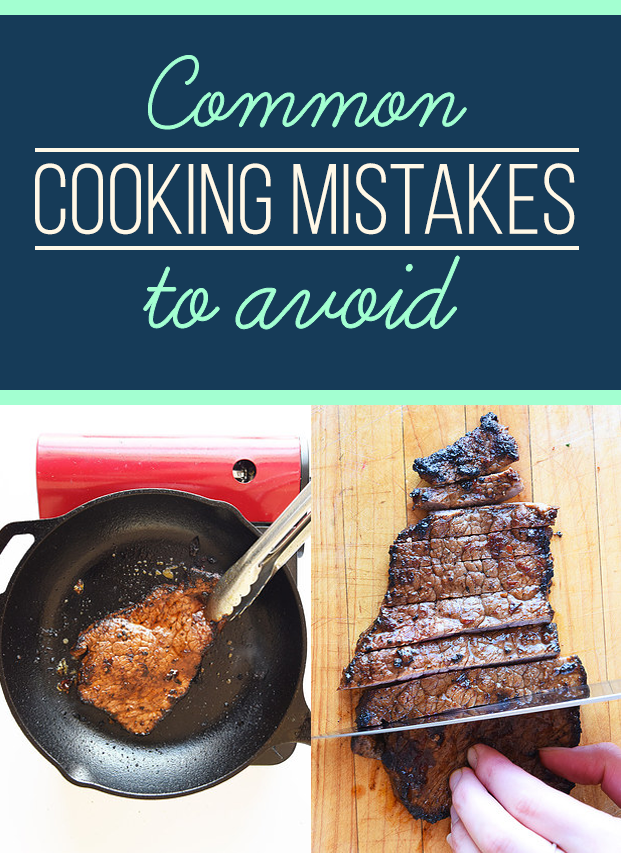
1. Overcrowding the pan.
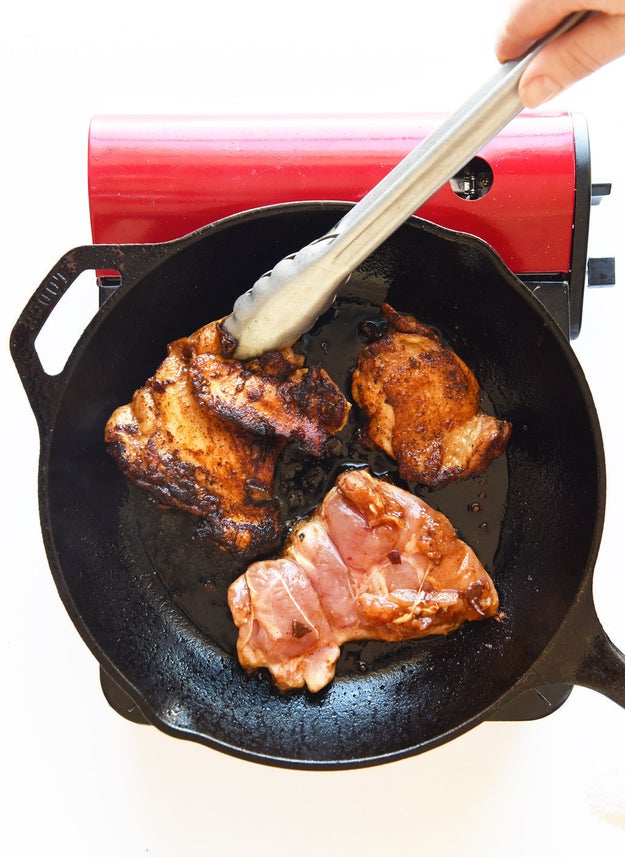
This goes for everything from sheet pans to skillets. The basic rule is that you want to leave enough room so that the food isn’t touching. With something like chicken thighs, that extra space ensures the heat from the pan evenly distributes, and that all sides can brown up easily and equally.
2. Undersalting the water.
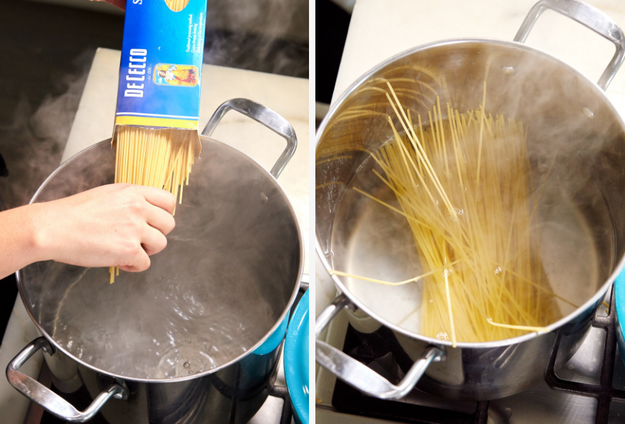
Salt flavors the pasta from the inside out, and without it, you’ll end up with bland noodles — no matter how killer of a sauce is poured on top. How much salt, though? Depends on your taste, but a great starting point is about 1½ tablespoons of salt for every pound of pasta. (You’ll want to season the water when cooking similar bases too, like rice or quinoa.)
3. Using extra virgin olive oil to cook ~everything.~
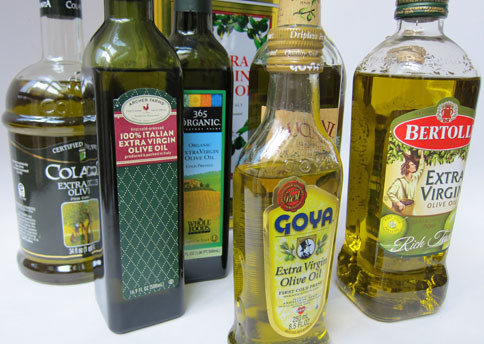
Compared to some oils, EVOO has a relatively low smoke point — or temperature at which it starts to burn. That means using it over super-high heat can be bad news, especially when it comes to things like searing steak or making stir-fry. (Find a detailed breakdown of which oils you should be using instead at Bon Appétit.)
4. Measuring dry ingredients in a liquid measuring cup.
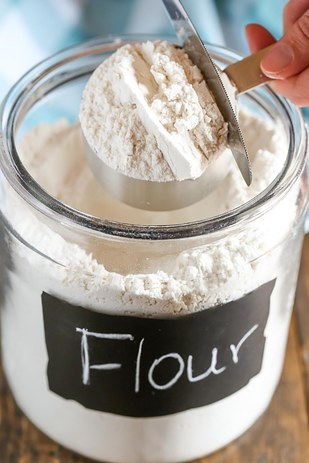
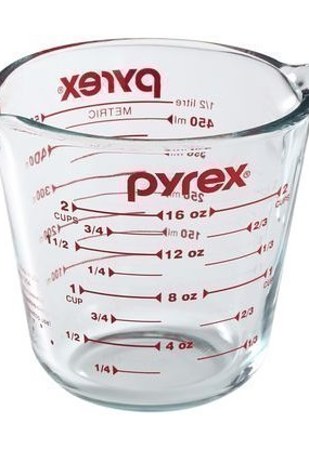
Live Well Bake Often / livewellbakeoften.com
Pyrex
When it comes to baking, measuring ingredients correctly is key. For dry ingredients, your best bet is using the spoon-and-level method, where you’ll scrape off the overflow — leaving behind a level surface, and an accurate measurement. (Want to get even more ~precise~? Use a kitchen scale: Here’s a solid option for $10.)
5. Putting cold meat in a hot pan.

BuzzFeed
Or grill, or oven. Letting cold meat come up to room temperature before tossing it on the heat means it’ll cook more evenly — and you’re more likely to avoid the outside being overdone, while the inside isn’t quite there yet.
6. Or putting hot food in a cold fridge.
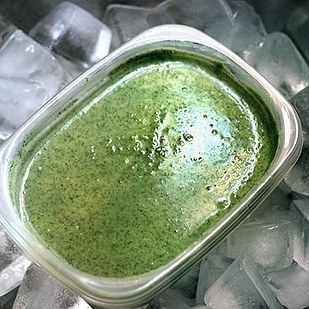

The Kitchn / thekitchn.com
Fox
Whether it’s steaks, soups, or sauces, you want to make sure food has had enough time to cool down before tossing it in fridge or freezer. (One way to expedite the process? A DIY ice bath.) More info on that — and on why you shouldn’t put hot food directly into a cold fridge — at The Kitchn.
7. Ignoring the ~order of operations~ when using a Crock-Pot.
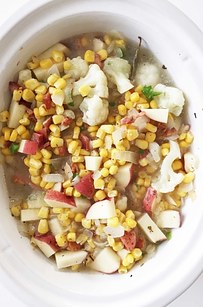
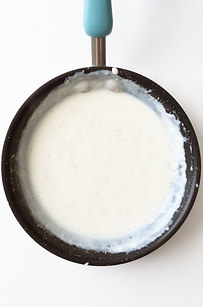
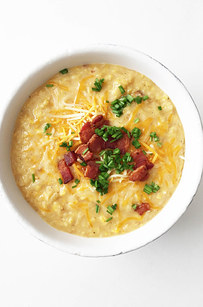
The Skinny Fork / theskinnyfork.com
Crock-Pot drop-and-go dinners are a glorious thing, but order does matter. You’ll want to add dairy products (like milk or cheese) at or near the end, because cooking them at high heat for a long period of time can cause them to curdle. The same goes for things that just need to be warmed through: like ready-made pasta, cooked beans, and small vegetables. Add them last.
8. Using a non-stick pan at all times.
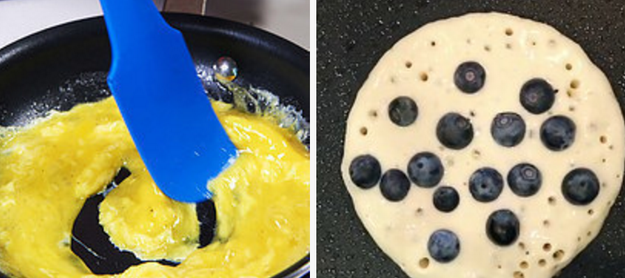
Non-stick pans are great for eggs, pancakes, or French toast — and not much else, says NYC chef Amanda Cohen. That’s because they give off a very specific type of heat — one that’s not quite as hot (or as conducive to crispiness) as a regular pan. When in doubt? Stick to your standard set.
9. Adding garlic too early.
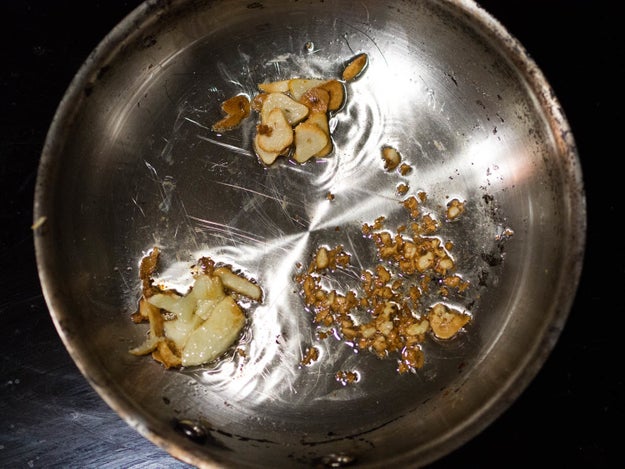
Since it burns easily, many recipes tell you to add garlic last — and that’s a great blanket rule if you’re cooking minced garlic over high heat. (For more on all things garlic and avoiding ~the scorch~, head over to Serious Eats.)
10. Sautéing greens or mushrooms that are still wet.
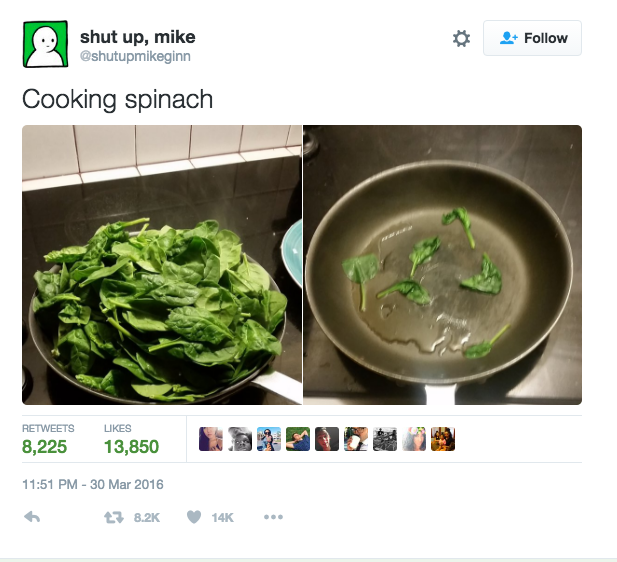
If you’re washing things like greens and mushrooms right before cooking them, make sure they’re totally dry before adding them to the pan. Otherwise, the excess water means they’ll steam (and splatter, and get soggy) once they hit the oil.
11. Not letting meat rest after cooking.
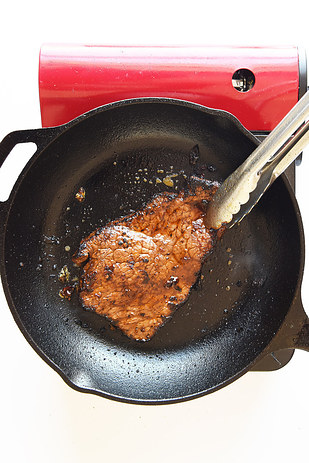
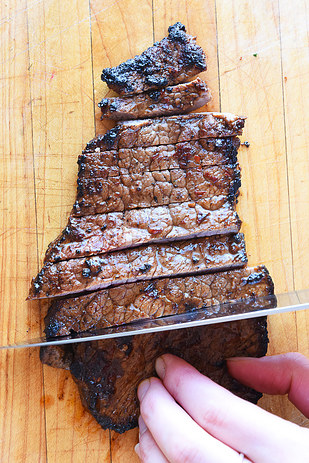
Lauren Zaser / BuzzFeed
It’s always worth it to wait a few extra minutes before slicing into a cut of meat. The juices re-distribute, and you’re ultimately left with a more delicious bite. (You also buy yourself time to crack open a drink in the meantime, so win-win.)
12. Storing just about everything in the fridge so it’ll last longer.
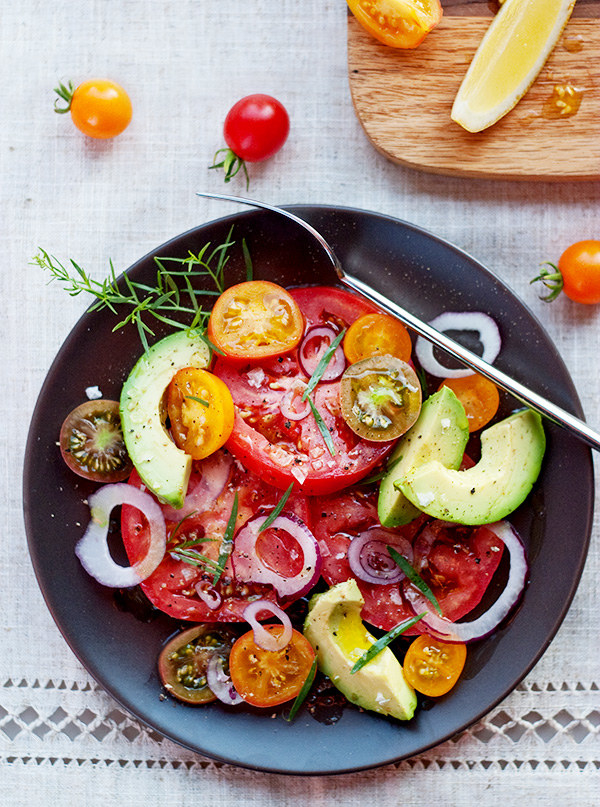
Take it from Alton Brown: Don’t store tomatoes in the fridge. (For a full list of how to store all of your other kitchen staples so that they last as long as possible, click here.)
buzzfeed.com
